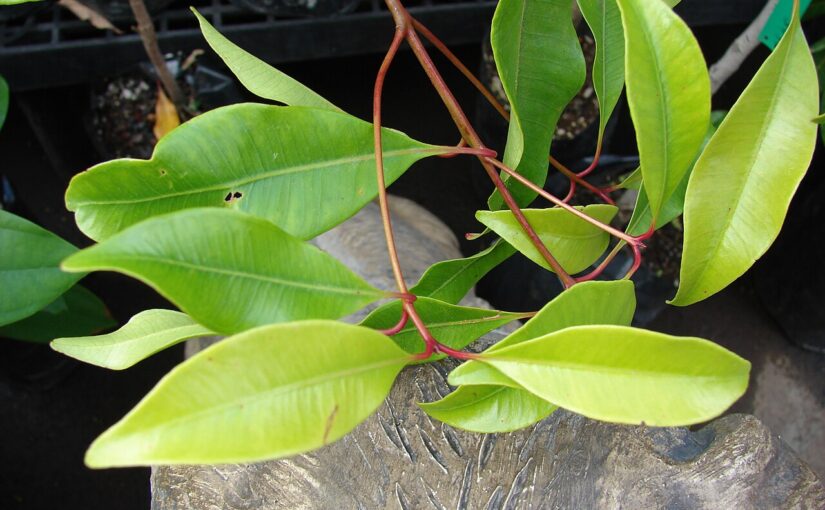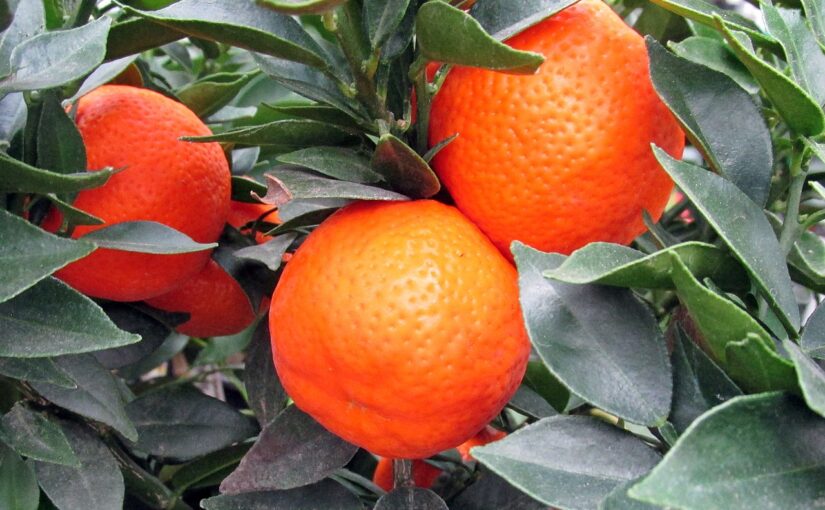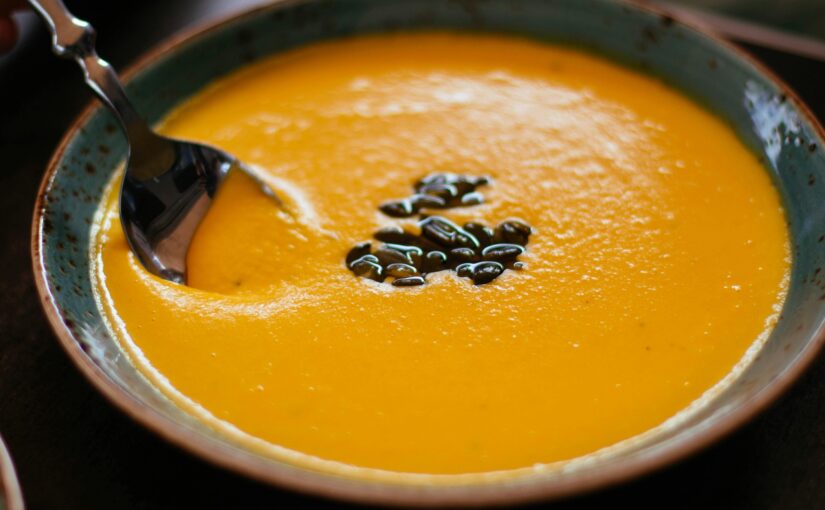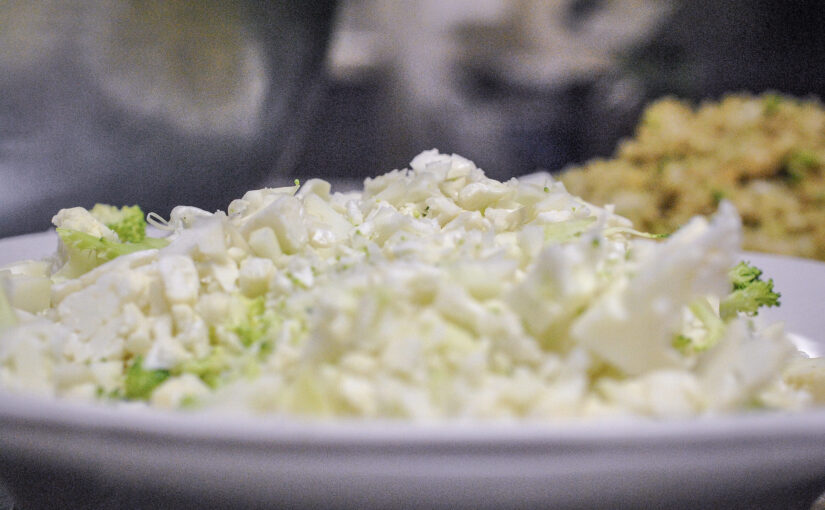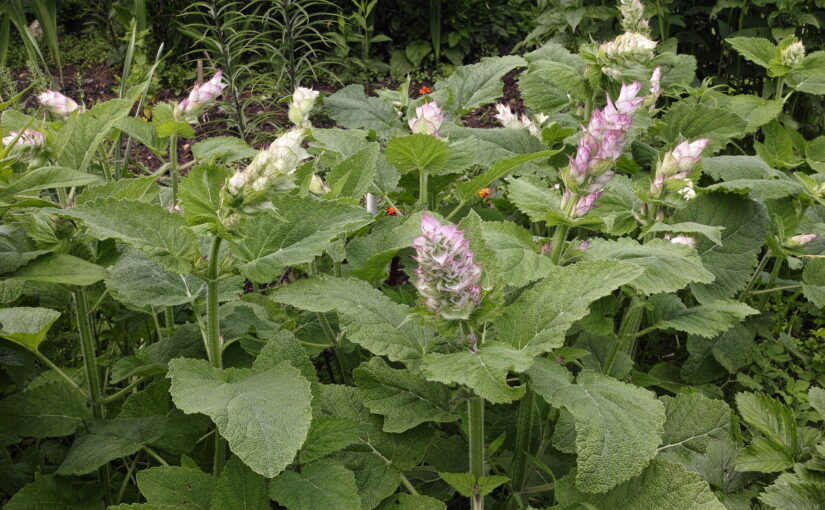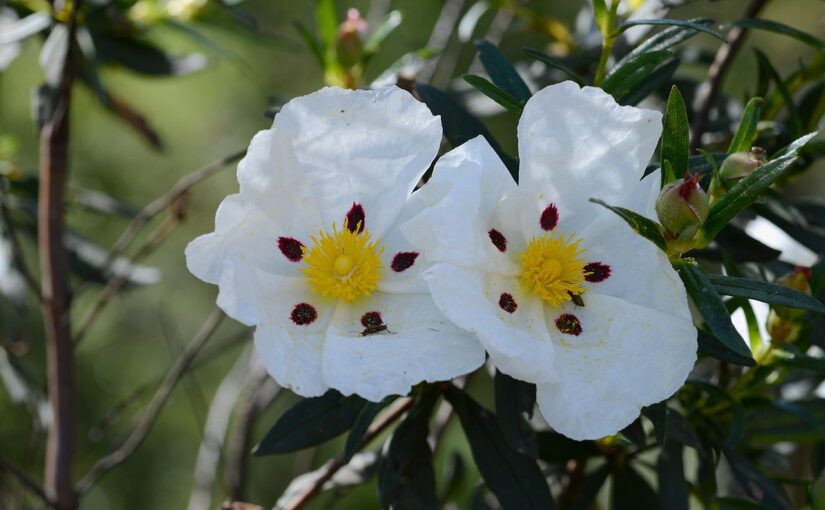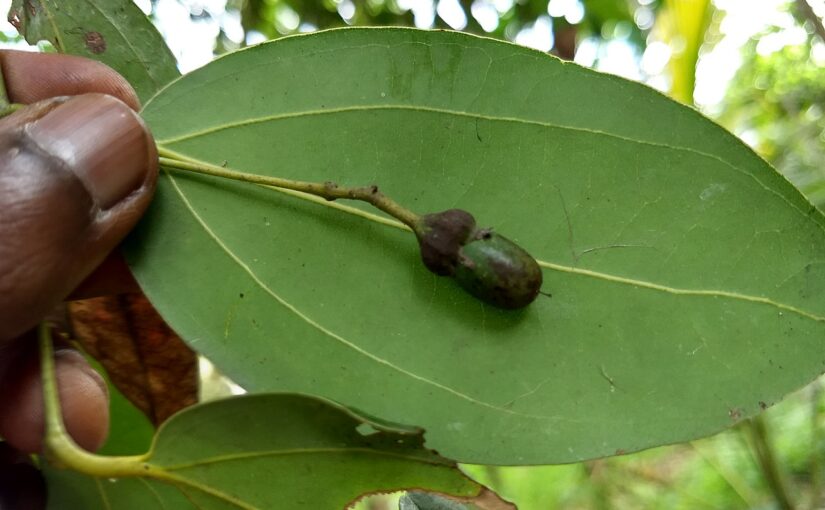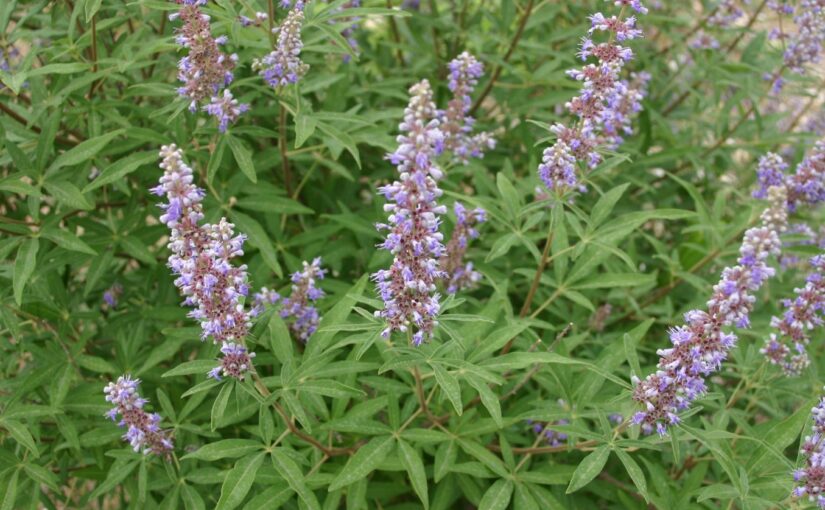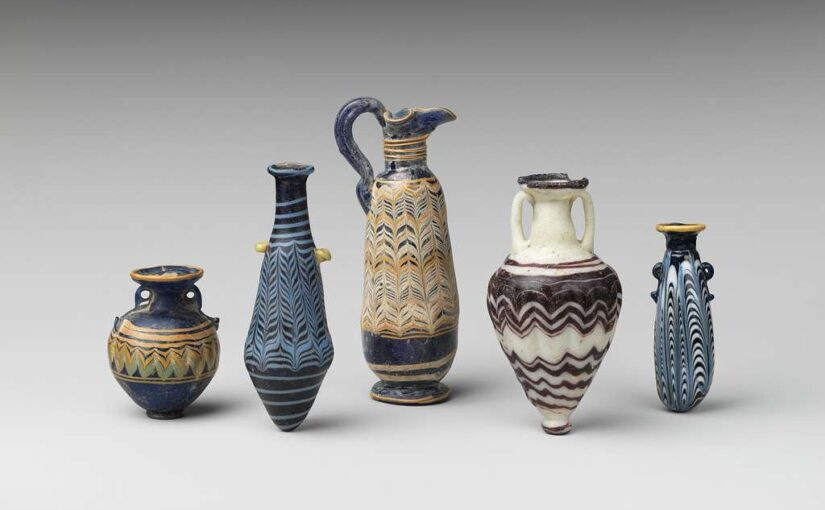Clove bud essential oil is harvested from Syzygium aromaticum, a timeless tree in the Myrtaceae family. Its origins trace to the lush Moluccas Islands of Indonesia and the southern Philippines, where it grows as an evergreen. Today, cultivation spans Madagascar, Sri Lanka, Tanzania, Brazil, and India, with Madagascar and Indonesia leading in production. The oil emerges from steam distillation of dried flower buds, harvested at peak potency. Expect a warm, spicy, sweet, and woody aroma, laced with balsamic and phenolic undertones. This scent anchors it as a base note in blends. The oil starts colorless to pale yellow, gaining depth with age, and holds a medium viscosity. Eugenol dominates at seventy-five to ninety-seven percent, joined by beta-caryophyllene, eugenyl acetate, and traces of alpha-caryophyllene and methyleugenol.
Continue reading Clove Bud Essential Oil: The Spicy Flame of ResilienceAuthor: admin
Clementine Essential Oil: The Joyful Citrus Remedy
Clementine essential oil bursts from the rind of Citrus clementina, a delightful hybrid in the Rutaceae family. This citrus gem emerged in 1902, thanks to the ingenuity of Brother Marie-Clement Rodier in an Algerian orphanage garden. A cross between willow leaf mandarin and sweet orange, clementine has since become a Mediterranean favorite, with major oil production centered in Italy, Spain, and Morocco. The oil is cold-expressed from the fruit’s vibrant peel, yielding a pale yellow to dark orange liquid with a thin, easy-flowing consistency. Its aroma is tangy and tart, laced with sweet, vibrant citrus notes that position it as a top-to-middle note in blends. Limonene dominates the chemistry, reaching up to ninety-five percent, alongside myrcene, linalool, citronellal, geranial, pinene, and terpineol.
Continue reading Clementine Essential Oil: The Joyful Citrus RemedyPumpkin Ginger Soup: A Cozy Aromatherapy Recipe 🎃
When the air turns crisp and the evenings grow longer, nothing brings comfort quite like a warm bowl of pumpkin ginger soup. This golden, aromatic blend captures the essence of autumn with its creamy texture, gentle spices, and soothing scent. Each spoonful feels like a calm embrace for the senses. What makes it truly special is the touch of ginger essential oil, a fragrant spark that ties culinary pleasure to the art of aromatherapy.
Continue reading Pumpkin Ginger Soup: A Cozy Aromatherapy Recipe 🎃Lime Cilantro Cauliflower Rice 🌿🥑🍋
Bright, fragrant, and irresistibly fresh, this Lime Cilantro Cauliflower Rice fills your kitchen with sunshine. It’s a dish that balances simplicity with aromatic depth, where the crisp tang of lime meets the creamy body of avocado and the gentle spice of cumin. Perfect as a light lunch or a colorful side at dinner, it’s a meal that feels indulgent yet refreshingly wholesome. People love it because it’s low in carbs, high in flavor, and bursting with natural vitality.
Continue reading Lime Cilantro Cauliflower Rice 🌿🥑🍋Clary Sage Essential Oil: The Floral Elixir of Clarity & Vision
Clary sage essential oil is a fragrant gift from Salvia sclarea, a plant whose legacy winds through gardens and healing rituals from the northern Mediterranean to North Africa. Today, France, Russia, and the United States lead its cultivation. The finest oil is steam-distilled from the flowering tops and leaves, yielding a colorless to pale yellow essence with a watery consistency. Its aroma dances between sweet, floral, herbaceous, and nutty, with layers of warm spice and subtle earthiness. As a middle note in blends, clary sage shines for both its beauty and versatility. Its chemical profile is driven by linalyl acetate (up to seventy-eight percent), linalool, germacrene D, sclareol, and alpha-terpineol, all contributing to the oil’s celebrated therapeutic properties.
Continue reading Clary Sage Essential Oil: The Floral Elixir of Clarity & VisionCitronella Essential Oil: The Lemony Shield of Protection
Citronella essential oil is extracted primarily from the leaves and stems of two grass species, Cymbopogon nardus, known as Ceylon citronella, and Cymbopogon winterianus, also called Java citronella. Native to Sri Lanka and Indonesia, these aromatic grasses are now grown extensively across tropical and subtropical regions worldwide, including Africa, Central America, and Southeast Asia. The largest producers of citronella oil include China, India, Indonesia, Vietnam, and Java. Java citronella boasts a colorless to pale yellow oil, while Ceylon citronella tends to appear darker yellowish-brown. The oil’s scent is rich and fresh, offering a lemony, herbaceous, and citrusy aroma layered with sweet grassy and woody notes. Classified as a top to middle note in perfumery and aromatherapy, citronella oil’s main chemical components include citronellal, geraniol, and laevo-citronellol, each contributing to the oil’s potent aromatic and therapeutic profile.
Continue reading Citronella Essential Oil: The Lemony Shield of ProtectionCistus Essential Oil: The Resinous Balm of Ancient Healing
Cistus essential oil, known by the charming names rockrose, gum rockrose, and labdanum, is distilled from the vibrant Cistus ladanifer plant. Native to the Mediterranean and Middle East, particularly Spain, Corsica, and Morocco, it thrives in sun-drenched rocky soils. The oil comes from steam distillation of the aerial parts or from solvent extraction of the thick labdanum resin, producing a viscous liquid colored amber to olive green. The aroma unfolds as musky and peppery, balsamic and warm, yet carries sweet resinous undertones that form a base note lingering long after first inhalation. Principal constituents such as bornyl acetate, camphene, cymene, limonene, pinene, pinocarveol, viridiflorene, and viridiflorol all contribute to the oil’s unique therapeutic promise.
Continue reading Cistus Essential Oil: The Resinous Balm of Ancient HealingCinnamon Essential Oil: The Ancient Spice of Vitality
“We make conquest only of husks and shells for the most part—at least apparently,—but sometimes these are cinnamon and spices, you know.”—Henry David Thoreau, letter to Richard Fuller, 1843
Cinnamon essential oil, derived from Cinnamomum verum, is known as true cinnamon or Ceylon cinnamon. This treasured botanical belongs to the Lauraceae family and thrives in Sri Lanka and India. While Madagascar also produces cinnamon, it is the island’s lush groves and the South Asian forests that shape the spice’s legacy. Steam distillation extracts the oil from bark or leaves, resulting in two distinct varieties: bark oil with a golden yellow to reddish-brown hue, and leaf oil that ranges from pale yellow to deep amber. The aroma is unmistakable. Sweet, spicy, musky, and wonderfully warm, it delivers a rich and intense scent often associated with festive kitchens and bustling markets. Leaf oil is primarily composed of eugenol and eugenyl acetate, while the bark oil is dominated by cinnamaldehyde and supported by eugenol, linalool, and nuanced traces of cinnamyl acetate and benzaldehyde.
Continue reading Cinnamon Essential Oil: The Ancient Spice of VitalityChaste Tree Essential Oil: The Harmonizing Whisper of Balance
Chaste tree essential oil, drawn from Vitex agnus-castus, carries with it an ancient air of tradition and balance. Known also as chaste berry, monk’s pepper, or Abraham’s balm, this aromatic oil hails from the Lamiaceae family. While the plant is native to the Mediterranean, especially Crete and western Asia, it now thrives in warm-temperate and subtropical regions across the globe. Key growing regions include Turkey, Italy, Cyprus, Croatia, China, and especially Crete, which leads in oil production today. Essential oil extraction is done via steam or hydro-distillation, typically from ripe berries or leaves.
Continue reading Chaste Tree Essential Oil: The Harmonizing Whisper of BalanceSavor the Mediterranean’s Aromas: Discover the Finest Perfumeries
Imagine the sun-kissed cliffs of the Italian Riviera dropping into turquoise waters, where the air hums with the zesty burst of ripe citrus from terraced groves and the salty whisper of coastal breezes. As you wander deeper into olive-shaded paths or Provençal lavender fields swaying under a cerulean sky, the Mediterranean reveals itself not just through sights but through an invisible tapestry of scents that linger on the skin like memories. Fragrances from the region’s storied parfumeries act as portable portals, distilling the vibrant essence of sun-drenched landscapes, wild herbs, and sea-infused florals into bottles that transport the wearer across borders and epochs. These scents blend citrus brightness with herbal earthiness, evoking the timeless allure of ancient cultures where perfume was both art and ritual, allowing anyone to embark on a sensory odyssey without leaving home.
Continue reading Savor the Mediterranean’s Aromas: Discover the Finest Perfumeries